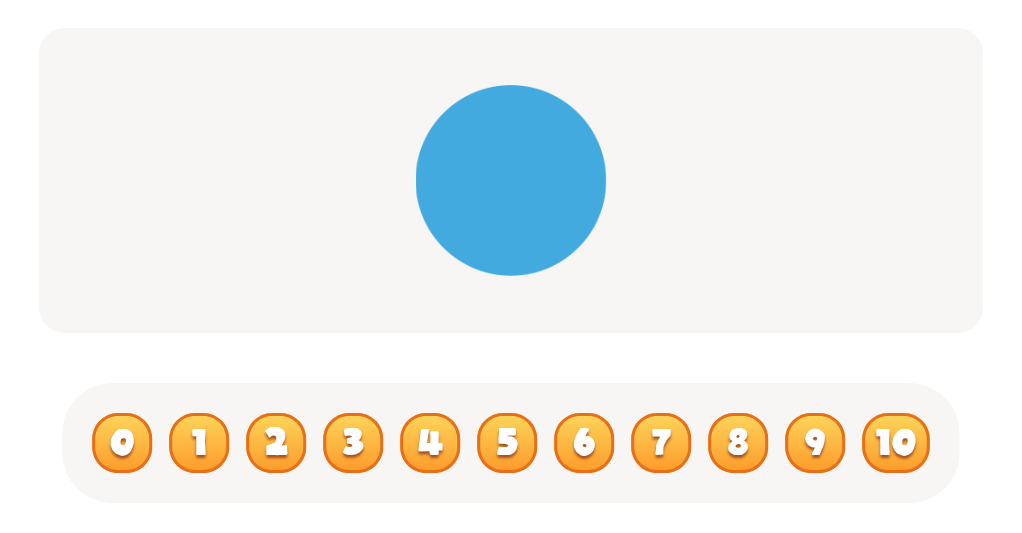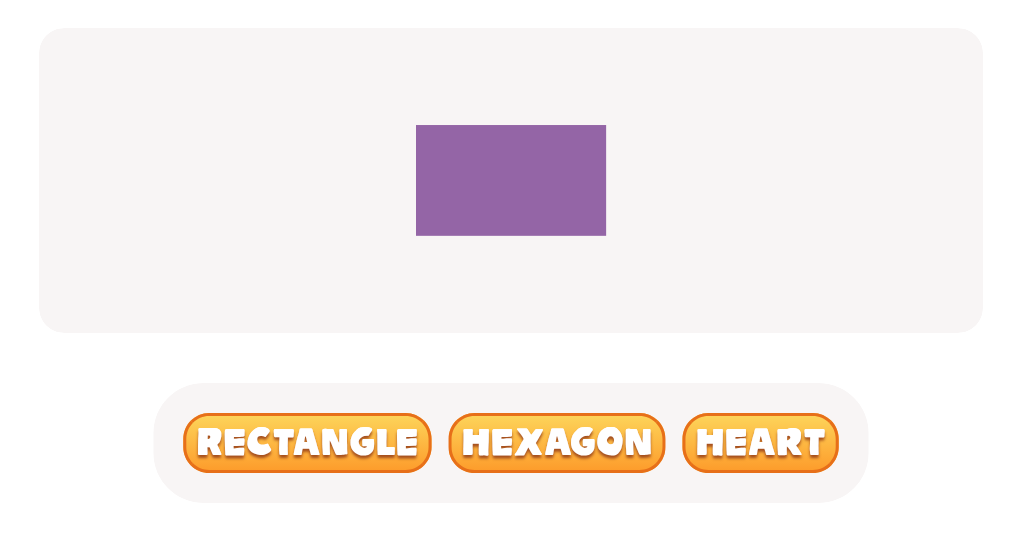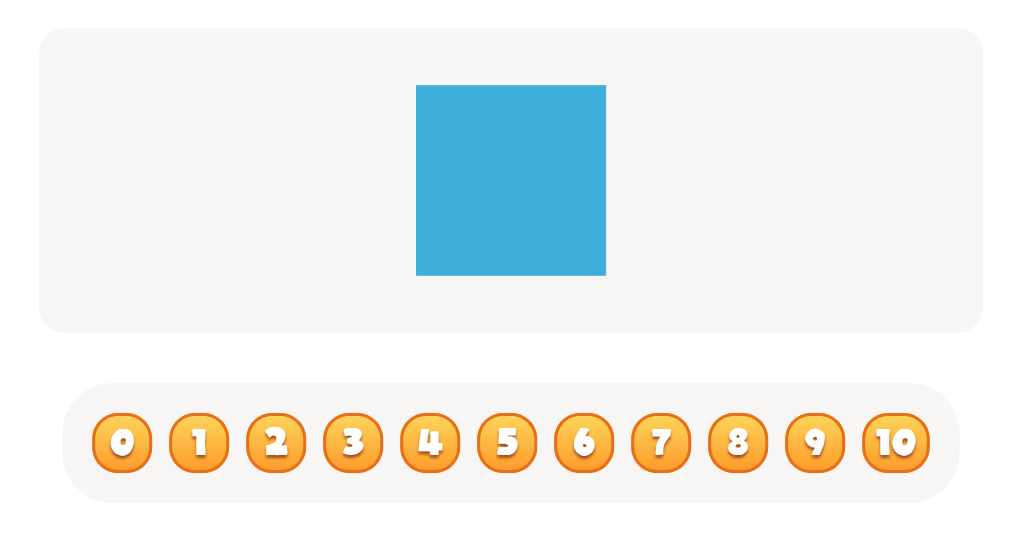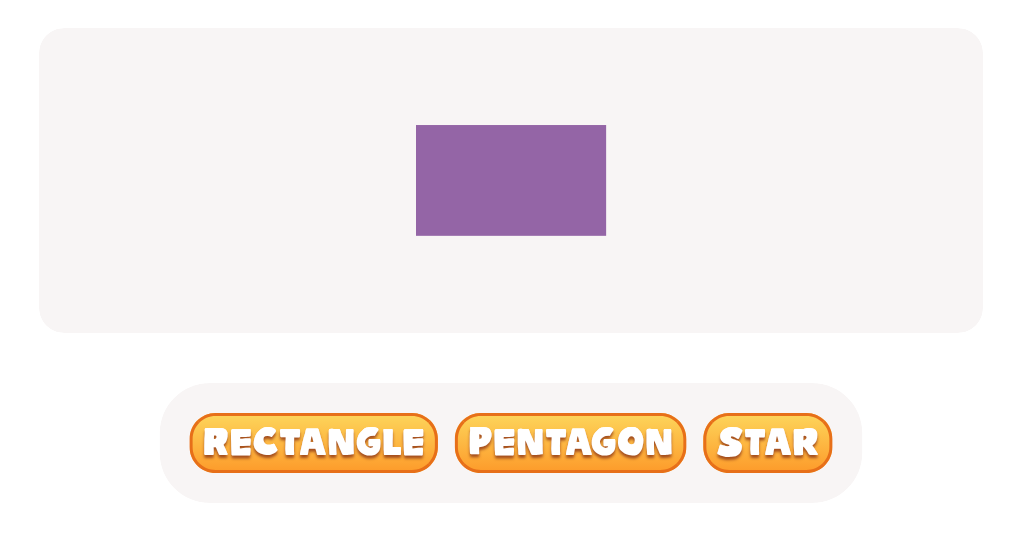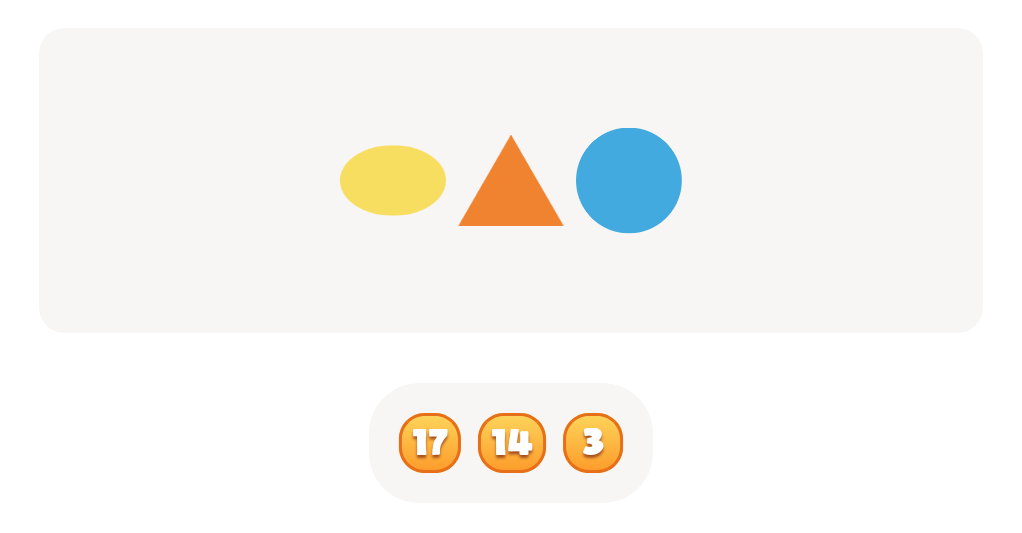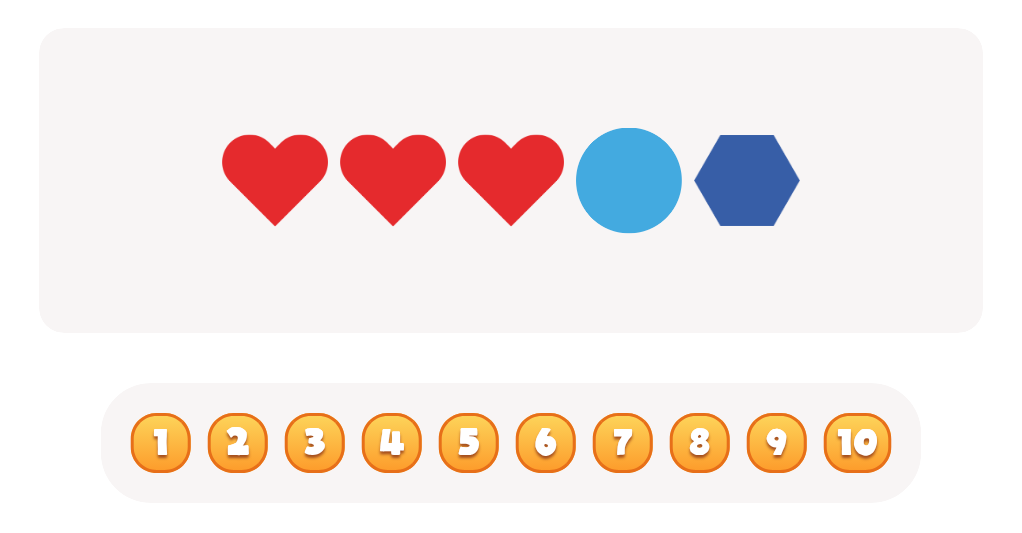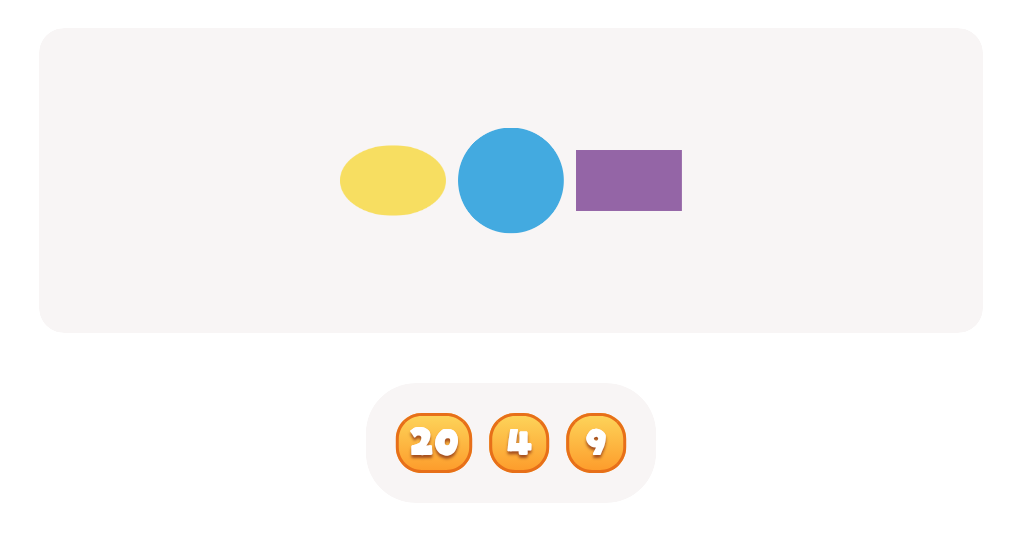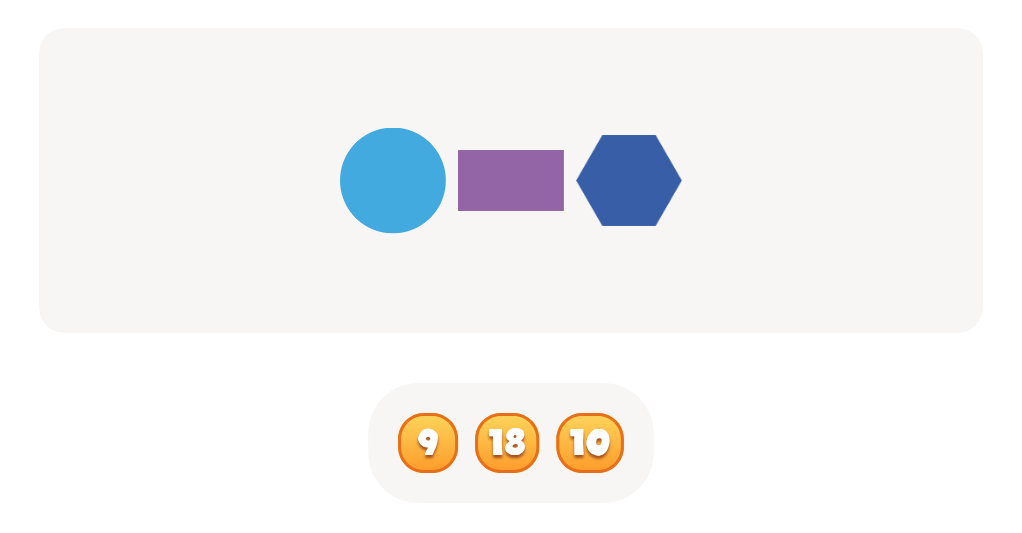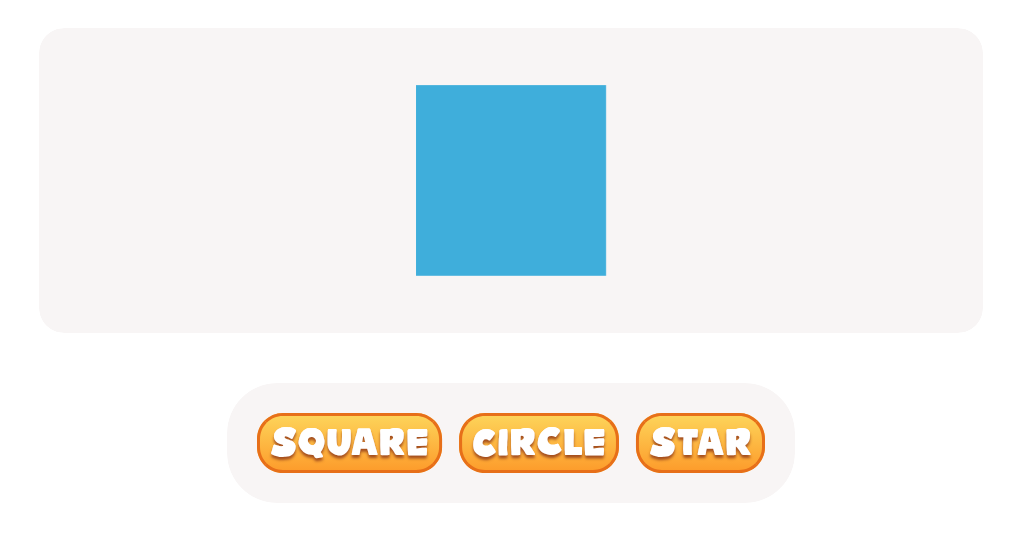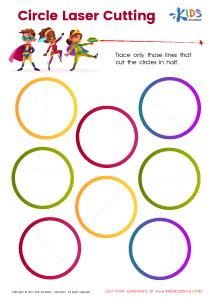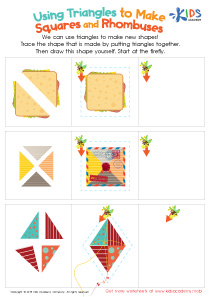Cognitive Development Normal 2D Shapes Worksheets for Ages 6-8
4 filtered results
-
From - To
Enhance your child's cognitive development with our engaging 2D Shapes Worksheets designed for ages 6-8! These printable resources help young learners recognize, identify, and understand basic 2D shapes, such as circles, squares, triangles, and more. Our creatively designed worksheets promote critical thinking and problem-solving skills while making learning fun. Aligned with developmental milestones, these activities encourage constructive play and reinforce geometry concepts in an enjoyable way. Perfect for both classroom settings and home practice, our 2D Shapes Worksheets provide an excellent foundation for future mathematical learning. Explore the world of shapes and watch your child’s confidence soar as they learn through play!
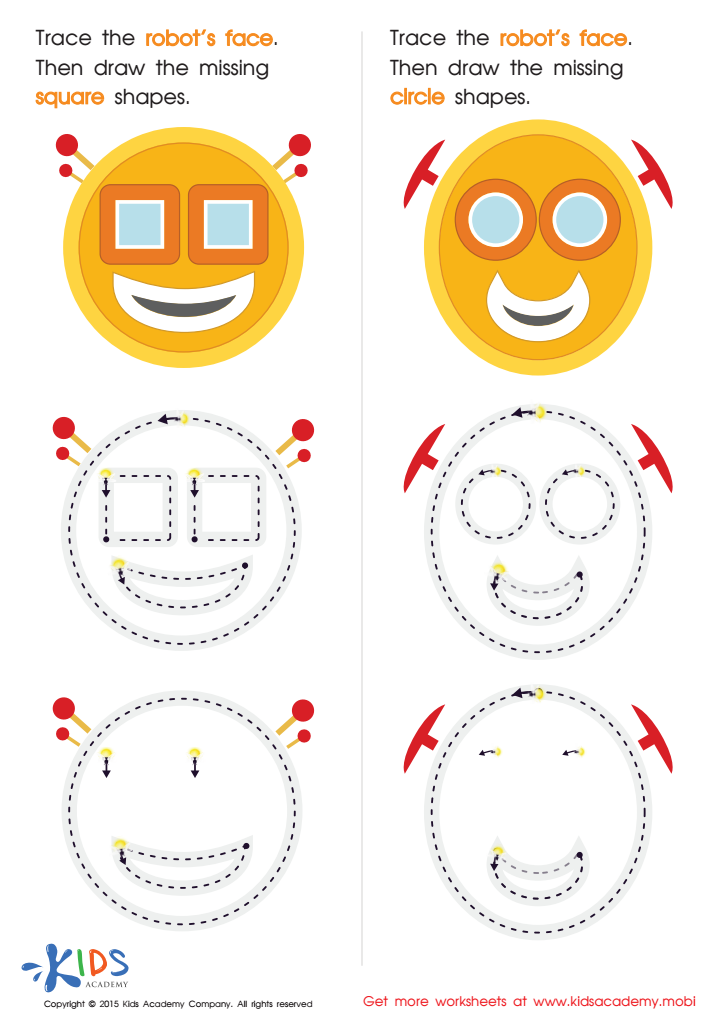

Practicing to Draw Circles And Squares Printable


Preschool Geometry Match Up Worksheet


Learning to Draw Crescents And Triangles Worksheet
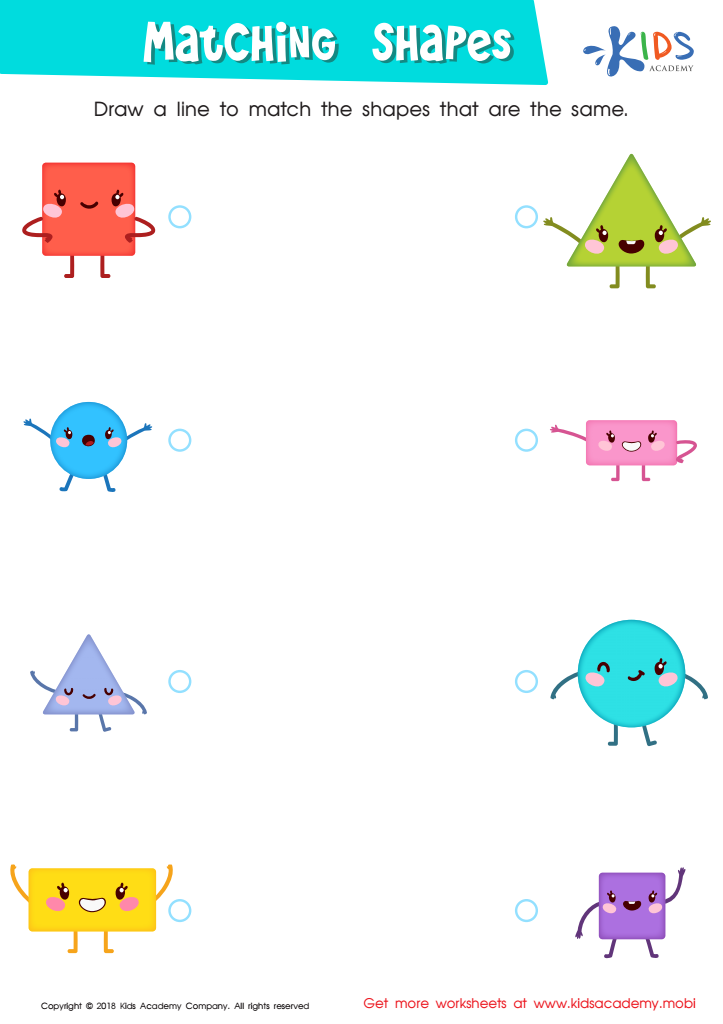

Matching Shapes Worksheet
Cognitive development regarding 2D shapes is crucial for children aged 6-8, as it forms the foundation for their understanding of geometry and spatial reasoning. At this age, children are refining their cognitive skills, and recognizing and manipulating shapes enhances critical thinking and problem-solving abilities. Parents and teachers should care because proficiency in understanding 2D shapes aids in daily life, from art projects to understanding their environment.
Moreover, cognitive development in this area supports mathematical concepts that are key during later stages of education, fostering confidence and creativity. When children engage with shapes, they learn to classify, compare, and analyze—skills that translate into other subjects and social interactions. This understanding is also essential for tasks in science and technology, laying groundwork for future learning.
Encouraging exploration with 2D shapes, through games, art, and practical activities, allows teachers and parents to create a rich, engaging learning environment. It nurtures curiosity and critical thinking, helping children make sense of their world. Helping students grasp these fundamental concepts ensures solid cognitive development that will benefit them throughout their educational journey and beyond. By prioritizing 2D shape recognition, we invest in their future success and comprehensive learning experiences.
 Assign to My Students
Assign to My Students
